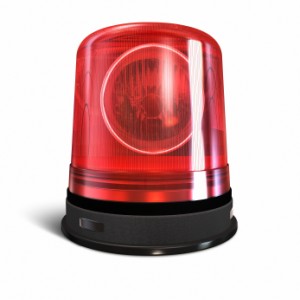ACTION REQUIRED: Read my email PLEASE! (Part 2)
 In my most recent post, I addressed an issue plaguing those of us who communicate by email – incomplete responses or the failure to respond at all. In that post three experts shared their advice on how to improve the emails. If you’re following all the great advice, and the problem persists, what do you do? I called those same three experts – Alesia Latson, Bob Whipple and Stever Robbins, and asked them: “If e-mail senders follow your advice and e-mail recipients do not respond fully or respond at all, what else can you do?”
In my most recent post, I addressed an issue plaguing those of us who communicate by email – incomplete responses or the failure to respond at all. In that post three experts shared their advice on how to improve the emails. If you’re following all the great advice, and the problem persists, what do you do? I called those same three experts – Alesia Latson, Bob Whipple and Stever Robbins, and asked them: “If e-mail senders follow your advice and e-mail recipients do not respond fully or respond at all, what else can you do?”
Experts Weigh In on E-mail Responsiveness
Alesia Latson (Co-Author of More Time for You):
- Give people the benefit of the doubt. Assume positive intent. All that happened is that you didn’t get a response – don’t make up any other story about what that means about you or them. It means nothing in and of itself. Simply follow up with a call or another message. After 3 attempts drop it or escalate if appropriate.
- Avoid long lists of things for people to do – it’s too confrontational and adds to their sense of being overwhelmed. Keep it to two action items maximum per requests.
- Try an opt in. Say something like, “If I don’t hear from you in the next day or so – then I’ll assume that you’re ok with it,” or “I’ll follow-up with a phone call if we don’t connect via e-mail.”
Bob Whipple (author of Understanding E-body Language):
- Establish ground rules within a group, including timing for response, and hold each other accountable. Be aware that Gen Y and Gen X (think anyone under 35) are less likely to respond to email. This is getting to be a corporate problem.
- Try to keep emails readable in the preview pane (assuming it’s horizontal) – the start of the signature block should be visible on the first page. It creates a psychological incentive to read the note. A note that goes “over the horizon” is often deleted before being read.
- Keep emails simple – so they can be read and internalized in 15-30 seconds.
- Note the pattern of communication for the person you are trying to reach. Reach the person in the way s/he is most likely to respond. It may not be email.
Bob also suggested looking at his articles – I did, and there are a lot more ideas listed.
Stever Robbins (author of Tips for Mastering E-mail Overload):
- Assume they have too much email, and pick up the phone (you’ll be one of the few).
- You may be being marginalized – poke around and find out what’s going on. If there’s no trusted person you can ask, then you may have your answer.
- Learn the most important agenda of the person you are communicating with, and reframe to his/her agenda, rather than yours.
Applying Trusted Advisor Models
These are all great suggestions. And there are some common themes:
- Start from the other person’s perspective. Each of the experts emphasized considering the recipient’s situation in reading and responding, rather than your own situation in needing a response. This concept is the first of the powerful Trust Principles.
That is, focus on the other for the other’s sake, and determine how that person can and will actually receive and act on the message, and consider how to frame your message so it becomes important for that person to respond.
- Pay attention to your own credibility. If you are being marginalized, as Stever Robbins suggests as something to look at, perhaps there are things you can do to improve.
- By assuming positive intent of the recipient, we are less focused on ourselves. If we think “why didn’t she get back to me?” that could be an indication of high self-orientation, the denominator of the Trust Equation. This type of thinking is a trap that makes it difficult to find a solution to a responsiveness issue, because instead, you are looking for someone to blame.
We’ve heard from the experts – now it’s your turn. What have you tried that has worked?

 Have you ever sent out an email like this?
Have you ever sent out an email like this?